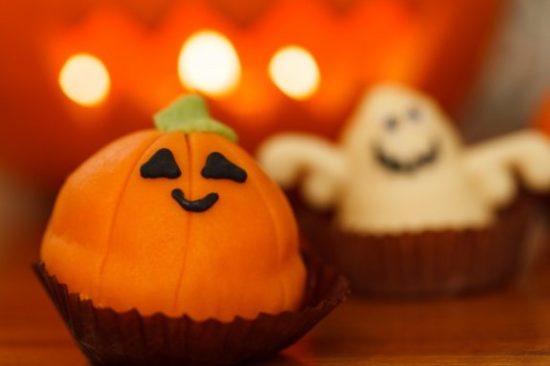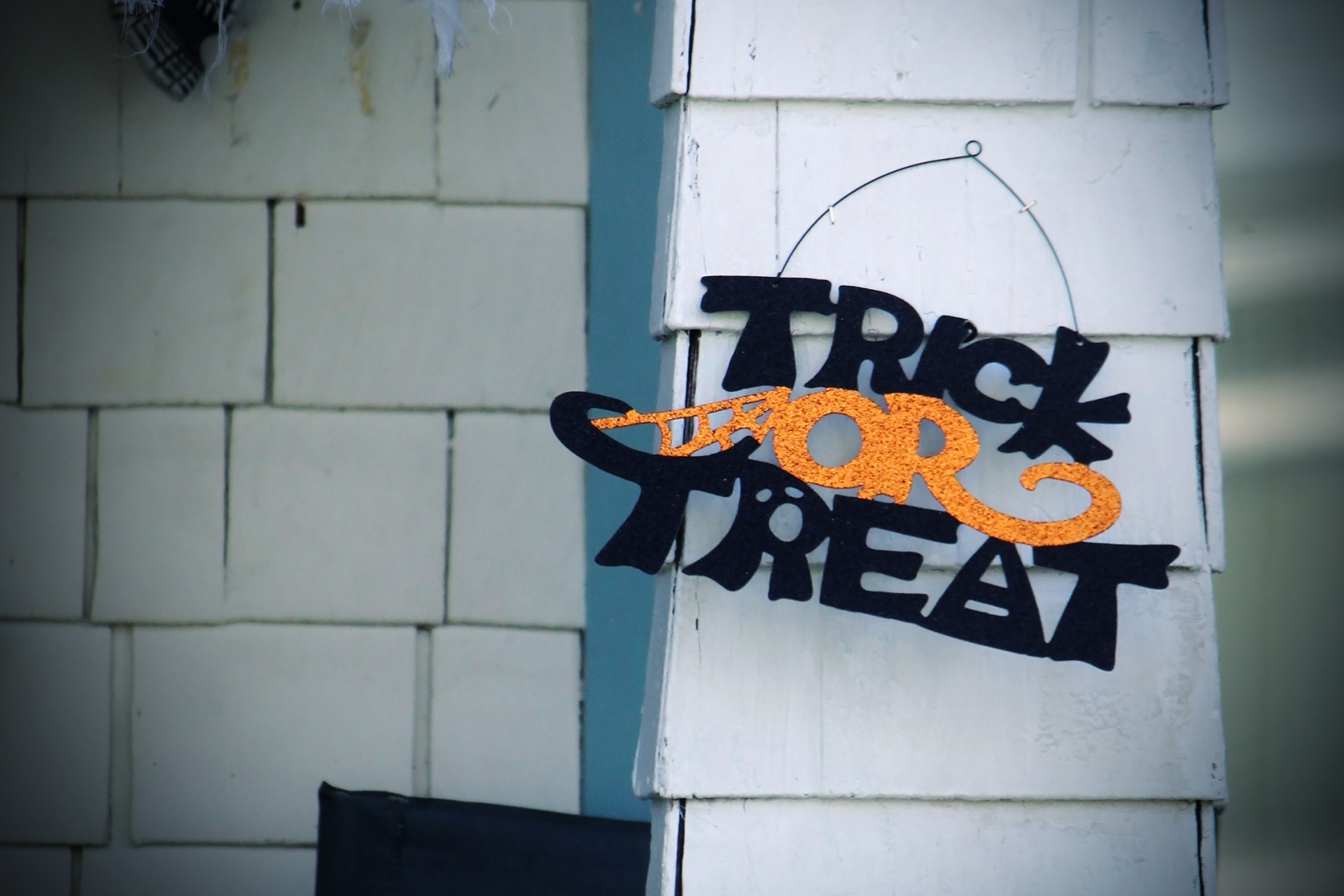Today’s the day we’ve all been waiting for, ghouls and goblins alike. Children are trick-or-treating, parents are eating their candy and the country is celebrating peak fall weather and aesthetic. However, Halloween isn’t just the spookiest day of the year, it’s also a significant retail holiday that kicks off the upcoming holiday season.
For most, it’s easy to forget that Black Friday is less than four weeks away but here at Ketner Group Communications, retail’s always on our mind – which is why I’m dressed up as ‘J.C. Pennywise (It)’ to celebrate Halloween and the rapidly approaching holiday retail season.
Halloween Retail Projections
According to the National Retail Federation’s annual survey, total spending for Halloween is expected to reach $9 billion, the second highest in the survey’s 14-year history and similar to last year’s record of $9.1 billion.
Seventy percent of Halloween celebrants plan to hand out candy, 50% will decorate their home or yard, 48% will wear costumes, 32% will throw or attend a party and 30% will take children trick-or-treating. Also, whether or not pets want it, pet costumes continue to gain popularity, with nearly 20% of celebrants planning to dress their pets in costumes this year up from last year’s 16%.
Where are people shopping? According to NRF, 45% of shoppers will visit discount stores and 35% will go to a specialty Halloween store or costume store. Additionally, 25% will visit department stores, 24% will buy online and 24% will scour grocery/supermarket stores.
Possessed Stores
Following the untimely demise of Toys ‘R’ Us this year (RIP), you may have recently seen their storefronts back in business. But don’t be fooled. These abandoned locations have simply been possessed by the likes of Spirit Halloween and Halloween City, pop-up stores that are only open for a few months each year leading up to the holiday. Also called the “hermit crabs” of retail, these Halloween stores quickly move into empty storefronts – making closed Toys ‘R’ Us and Babies ‘R’ Us locations perfect spaces for the Halloween season. This also points to the ever-growing, opportunistic pop-up trend that utilizes events and relevant audiences to reach customers in unique ways.
What’s Next?
What should we expect once we wake up on November 1st, thankful that we made it through the frights and dangers of All Hallow’s Eve? Almost immediately, we’ll begin hearing about Black Friday and Cyber Monday deals, and the holiday shopping season will be in full swing. In fact, Target already announced its strategy for the holidays – it will offer free two-day shipping with no minimum purchase required starting on Nov. 1. Meanwhile, Nordstrom announced that from Dec. 3 through Christmas Eve, they will offer “early bird” pickup before stores open their doors in the morning – and even around the clock at 23 locations. We’ll undoubtedly see more retailers expand fulfillment options during the holidays in order to compete against each other and Amazon Prime’s reliable, simple delivery options.
Meanwhile, with Toys ‘R’ Us gone and Sears a member of the walking dead, the question of who will take over these retailers’ business and customers this holiday season reverberates. We can expect to see retailers clamoring to take advantage by more aggressively promoting deals on toys like we never saw when Toys ‘R’ Us was the dominant industry player, with Target and Walmart matching Amazon step for step.
We hope that you enjoy your Halloween festivities this week and are as excited as us for the holiday season to begin. 2018 retail forecasts for the holidays look very promising, but beware… there are always frights waiting around the corner.


 Being the talk of the town on Halloween requires going beyond the cliché and finding an outside-the-box costume that people will also be able to understand and enjoy. Whether scrambling last minute and slapping a mask or a witch hat on or becoming a Goodwill regular hunting for the perfect accessory, Halloween revelers take advantage of Halloween to borrow a persona that extends far beyond their everyday personality. Done right, a Halloween costume can earn you some serious kudos.
Being the talk of the town on Halloween requires going beyond the cliché and finding an outside-the-box costume that people will also be able to understand and enjoy. Whether scrambling last minute and slapping a mask or a witch hat on or becoming a Goodwill regular hunting for the perfect accessory, Halloween revelers take advantage of Halloween to borrow a persona that extends far beyond their everyday personality. Done right, a Halloween costume can earn you some serious kudos.
 Is it just me, or is the Halloween industry in need of a branding facelift? When I was a kid, it never occurred to me that this “holiday of sorts” was the cause for so much controversy between differing religious groups, let alone the fact that Halloween’s roots come from ancient pagans who believed that October 31 was the day that the boundaries between the worlds of the living and the dead overlapped and the deceased would come back to life and cause havoc such as sickness or damaged crops. (Thus ancient Celtics would wear masks to scare away any spirits.) I come from a Christian family, but my parents were not the ultra-conservative type, and so my brother and I always dressed up for Halloween, participated in Halloween parties at school and always went trick or treating in our safe suburban neighborhood in Lubbock, Texas.
Is it just me, or is the Halloween industry in need of a branding facelift? When I was a kid, it never occurred to me that this “holiday of sorts” was the cause for so much controversy between differing religious groups, let alone the fact that Halloween’s roots come from ancient pagans who believed that October 31 was the day that the boundaries between the worlds of the living and the dead overlapped and the deceased would come back to life and cause havoc such as sickness or damaged crops. (Thus ancient Celtics would wear masks to scare away any spirits.) I come from a Christian family, but my parents were not the ultra-conservative type, and so my brother and I always dressed up for Halloween, participated in Halloween parties at school and always went trick or treating in our safe suburban neighborhood in Lubbock, Texas.